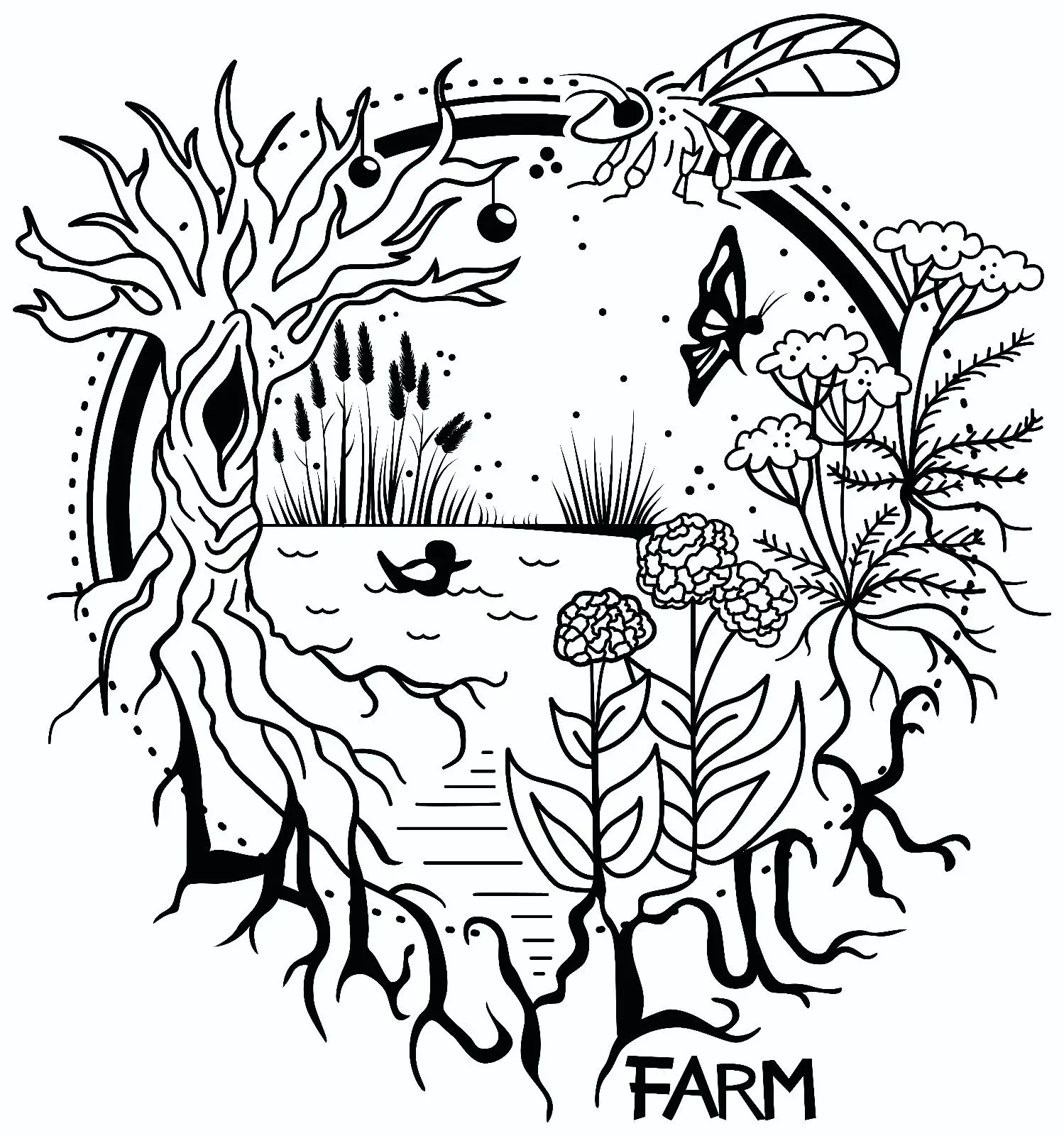Another reason to suspect we are going to face “sudden” “unanticipated” harvest declines and subsequent famines in short to mid-term future.
There is still plenty of potassium its just about cost of extraction and shipping.
The phosphorus supply is much more concentrated mostly in morrocco & western sahara , we high graded the low contaminant stuff already and are getting nastier P with more heavy metals. Africa is almost wholly P deficient and population is supposed to rise by 3+billion, yet they have the highest fertilizer costs in the world because supply chains and transport dont penetrate cost effectively with roadblocks every 100km across much of the continent that require bribes. so paradoxically the continent with like 80% of global P reserves and the most desperate need gets the least. Even governments and corporations doing land grabs have had trouble getting production up to standard and the costs of inputs in africa .
BULLET POINTS.
globally, about 20% of agricultural soils face severe potassium deficiency, with particular regions likely to experience more critical shortages, including 44% of agricultural soils in South-East Asia, 39% in Latin America, 30% in Sub-Saharan Africa and 20% in East Asia, largely due to more intensive agricultural practices.
Canada, Russia, Belarus and China producing 80% of the world’s total raw potash.
in April 2022, the price of potash increased 500% above the previous year following a “perfect storm” of factors, including rising fertilizer demand, escalating fuel prices, recovery from the pandemic, a range of government actions around the world, and the Russian invasion of Ukraine
Russia and Belarus together export about 42% of the world’s potash supply
2021, global potash consumption reached 45 million metric tons
And then of course they come in with some hopium crackhead dream bullshit like “Developing a global circular potassium economy that minimizes the use and maximizes the reuse and recycling of the nutrient” as if the current system is retrofittable for anything remotely like that. Even with perfect circular economy at scale, potassium still leaches from soil and is lost from agriculture.
It’s actually scary that most of the world’s potash comes from 4 countries and 3 of those are currently in hostilities with the USA.
I doubt we will ever see complete shortages even if there are embargoes because they will just sell potash to us via third parties but still… not an antifragile situation at all. And you have to wonder how much is left/how sustainable is the current production.
as long as canada stays friendly usa supply is secure , and if canada doesnt stay friendly we will just start wondering why jesus put all of USAs potash in canada and go liberate the canadian people
Just seen that North America fertilizer prices have halved from the peak. Still somewhat above 10 year average though. I wonder what the price of crushed basalt/diabas is. It’s energy intensive to produce and transport. Zero nitrates and phosphates, of course.
Is it because we’ve been flushing it down the toilet?
Primary literature this refers to https://www.nature.com/articles/s43016-024-00929-8
Full paper (published edition): https://www.research.ed.ac.uk/files/409660541/Brownlie_Comment_or_Perspective_AIP_JG_1705507289_85_WB2_35_.pdf
Counterpoint: The Potassium Paradox, a presentation given by Dr. Saeed Khan in December 2022
That’s a rather long video. Does he have something he says that specifically counters the risk of the observed severe potassium deficiencies regionally? I.e., do plants not experience harm when growing in what we classify as severely deficient soils?
I think the six measures the researchers called for are all rather common-sense and the harms they identify legitimate, but I understand you to mean that globally there should not be a concern for the effects of potassium depletion which is a somewhat different matter in my mind. And I’m curious about it.
Dr. Khan’s talk (based on his research in the US and several other continents) centered on the idea that current common testing is measuring exchangeable K and not available K, and that the recommendations made by agronomic advisors and suppliers often do not take the full scope of chemical interactions between the recommended amendments into account. Overapplication of potassium can reduce nitrogen and calcium uptake in plants and reduce the availability of calcium for rhizobium and other soil microorganisms that increase the water and nutrient holding capacity of soils. Since potassium becomes more bioavailable in the presence of water, these practices can reduce the amount of it taken up by plants, which can then show deficiencies, which are then treated by further applications.
In amending the soil to counter the chemical reactions, growers are also placing mechanical strains on the soil in the form of compaction and tillage. Not only do these have associated costs for the operation, they can add to the soil’s challenges retaining water and elements and the plant’s challenges accessing each.
My take: I have concerns that some of the industry’s “best” tests produce results that don’t provide a complete enough picture to be actionable. I think that these incomplete representations of reality in the soil help to fuel the overapplication of fertilizers and fuel hours that cause additional harmful effects to the soil, the water, and the favorable climate in which agriculture developed. The approach advocated in the article seems to presuppose the need for further extractive operations, but I think that a wiser rate of application may reveal that we’re overproducing to our detriment.
you have to take into account the article is mostly about extremely deficient areas with insufficient application, not the industrial super powers like china and usa that can afford to dump for maximum economic yield.
I do, and read the source paper linked by another commenter as well. The paper itself refers to ‘plant available K’, which is exchangeable K. That’s the potassium dissolved in the water in the soil at the time of the sample being taken, and is not indicative of the total amount of potassium held in the soil. Chasing results from a bad test is a surefire way to get bad results, like starting life saving measures because someone only took a pulse for the split second in between someone’s heartbeats.
The soils in the deficient regions are not just deficient in bioavailable but also in the forms that would need to be liberated for plant use throughout the growing season. just look at the chemistry of a Brazillian or sub-Saharan Oxisol.
Then the paper missed an opportunity to use better testing methodology and language.
I’ll reword my take below: Countries which are not on these types of soils are overapplying potash to an economic detriment of billions, skewing the market for the amendment. This also means that countries with soils like these have reduced access to the amendment. If growers who have more potassium in their soils stopped wasting a resource they don’t need to apply, then other growers without requisite potassium in their soils could access said resource with lower costs and greater availability. With a less skewed market, it’s possible that we do not need further development of mining and extractive operations to avoid potassium shortages.
deleted by creator
This is a really good overview of what we’re looking at in the near future https://www.collapsemusings.com/7-reasons-theres-going-to-be-a-global-famine/







